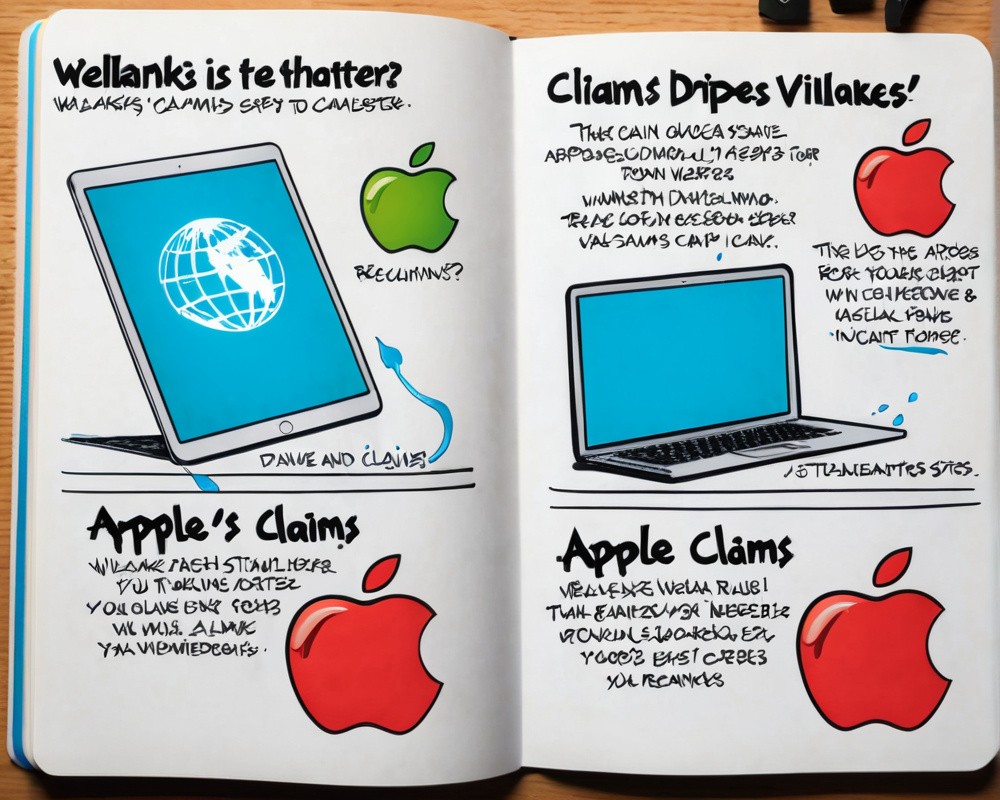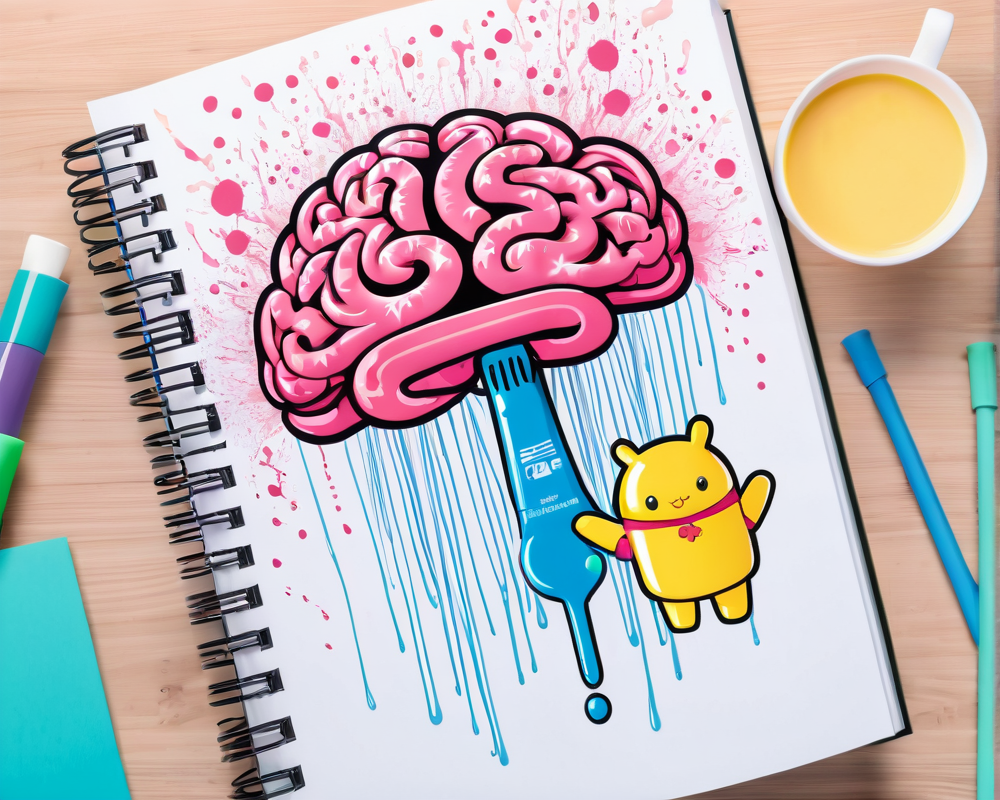A Brief History of Generative AI
Generative artificial intelligence is strutting its stuff today, but let’s not kid ourselves into thinking it just popped up out of nowhere like a surprise birthday cake. The roots of this phenomenal tech stretch back to 2014, thanks to a paper by Ian Goodfellow and his yet-to-be-fallen-into-nerd-oblivion pals, which introduced Generative Adversarial Networks (GANs). This brainchild has been cited more than 55,000 times, which makes it the social butterfly of AI research. Who knew writing a paper could be more popular than a cat video on the internet?
Synthetic Data: The Life of the Party
Fast-forward to today’s version of Gaudy AI, where these tools create “synthetic” data like a magician pulling rabbits out of hats—only the rabbits are trained machine learning models. Thanks to their learning abilities, these systems can craft outputs, such as smart contract codes and even hyper-realistic avatars for your next metaverse meeting that won’t make you cringe in embarrassment.
What Does This Mean for the Drug Industry?
The intersection of generative AI and pharmaceuticals isn’t just a casual coffee date; it’s a Starbucks-worthy partnership that’s transforming drug discovery. Traditionally, bringing a new drug to market takes upwards of 10-15 years and siphons off millions of dollars—almost as much as my last vacation.
Speeding Up Discovery
By utilizing generative AI, researchers can streamline target identification and drug design processes. Imagine having the ability to test various therapeutic candidates quicker than you can say “clinical trial.” All of which means less time waiting and more time saving lives.
The Game Changers: Insilico and Its Fantastical Molecular Adventures
Dr. Alex Zhavoronkov is the name to remember here. With Insilico Medicine, he introduced generative AI into chemistry, debuting at conferences like he was launching the latest iPhone. His vision? To generate new molecules that treat diseases, and he did it while impressing chemists who were initially skeptical (because, why not include a good cliffhanger?).
Collaboration Chronicles
Insilico’s alliance with WuXi AppTec led to the discovery of drug targets aimed at rare diseases. In an era where less is known equates to less action, AI’s ability to propose candidates for which there are limited chemical structures is like having a cheat sheet for a tough exam.
They spotted opportunities in the JAK3 isoform, linked to rheumatoid arthritis and psoriasis, and generated 300,000 potential candidates like a Tinder for molecules. Talk about swiping right!
The Future of Drug Discovery and Aging
With patents secured and a keen eye on aging biomarkers, Insilico isn’t shying away from tackling biological age measurement. It’s a bit like having a magic mirror—tell me my age, mirror! Well, it’s more complicated than that, but you get the gist.
New Horizons: Chemistry42 and More
The launch of Chemistry42 allowed Insilico to take its AI prowess to new heights, identifying innovative molecules for treating fibrosis. It’s like finding a needle in a haystack, only cooler and scientifically legit.
Where Do We Go from Here?
Clinical trials are speeding by quicker than a New York minute with Insilico’s efforts on idiopathic pulmonary fibrosis (IPF) making waves. As we stand on the brink of the next wave of AI-generated drugs, including treatments for COVID-19, one thing remains clear: the world could use some help in addressing emergent diseases.
Your Call to Action, Crypto Enthusiasts
To the crypto crowd: it’s time to ride this tech wave. Your skills in innovation could tremendously boost the longevity field. Dive into AI tools, stay updated on AI tokens, and keep your ear to the ground for exciting medical breakthroughs. We collectively breathe to innovate, and it’s our duty to channel this momentum towards extraordinary, life-changing outcomes.




